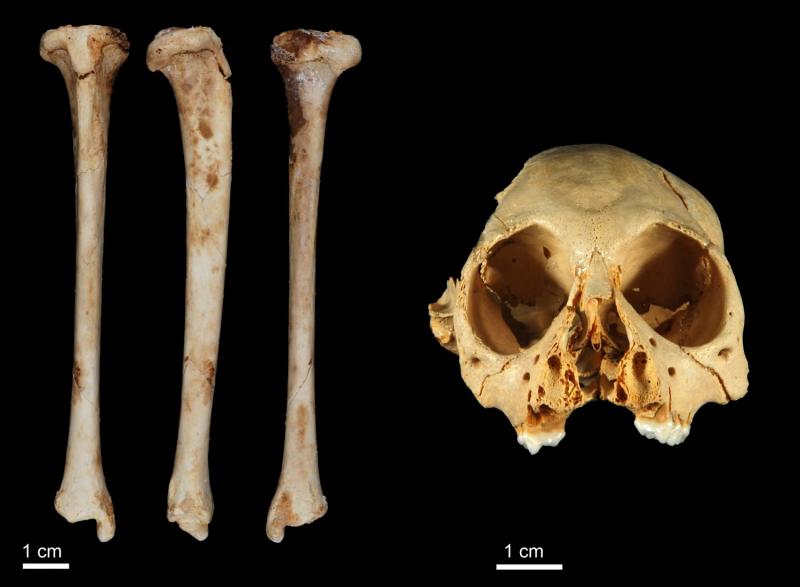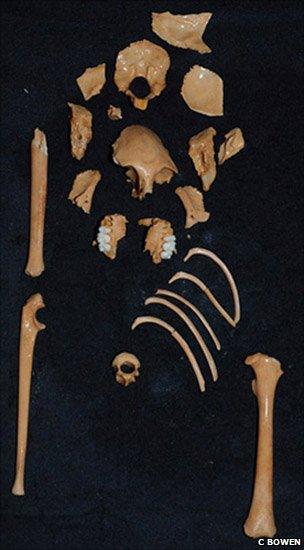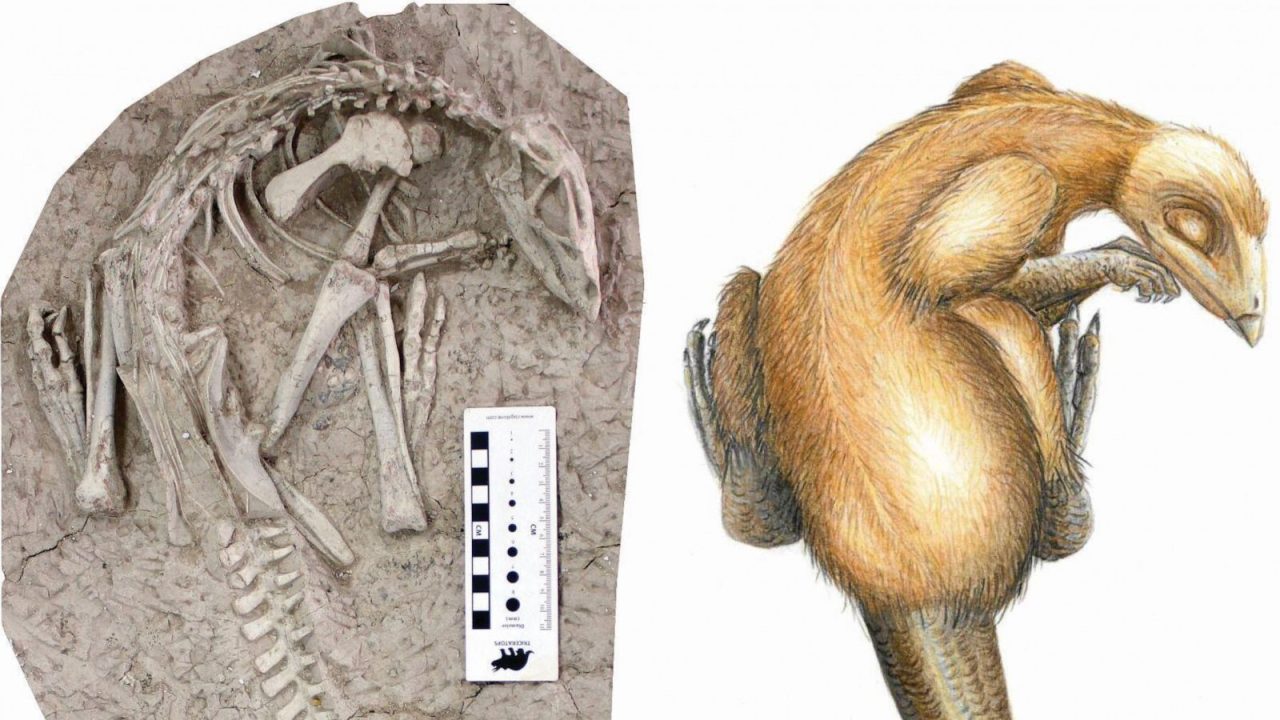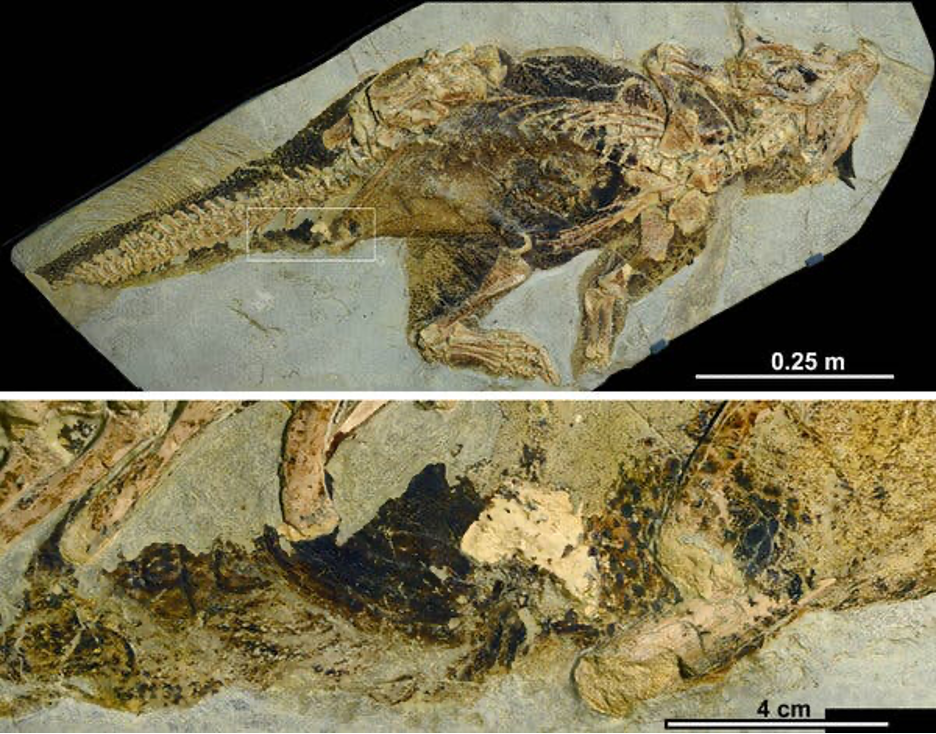A multinational group of paleontologists has dated a species of fossil monkey, the Hispaniola monkey (Antillothrix bernensis), to over one million years old. The discovery was made after the team found a fossil tibia belonging to the species in an underwater cave in Altagracia Province, Dominican Republic.

Top panel: a schematic map of the Greater Antilles showing the relative location of fossil sites Cueva Padre Nuestro, where the newly-discovered fossil specimen (labeled a) of the Hispaniola monkey (Antillothrix bernensis) was found, and Samana Bay. Lower panel: fossil tibiae of the species from the Dominican Republic; the views are (left to right) anterior, lateral, and posterior aspects. Image credit: Alfred L. Rosenberger et al.
The Hispaniola monkey is a capuchin-sized primate from the island of Hispaniola that went extinct around four hundred years ago. It was tree-dwelling and lived largely on a diet of fruit and leaves.

“Very little was known about the native monkey from this island. Prior to our discoveries in Altagracia we knew almost nothing even though this species was first described by Renato Rímoli back in 1977,” said Dr Siobhán Cooke of Northeastern Illinois University, a team member and a co-author on a study that was published August 29, 2015 in the Journal of Human Evolution.
“Antillothrix bernensis is one of two species of extinct primate on Hispaniola. Previously discovered primate material has all been dated to within the last 10,000 years,” said co-author Dr Melissa Tallman of Grand Valley State University.
“The new material is morphologically consistent with the previously collected material, but is dated to 1.3 million years ago.”

The scientists used 3D geometric morphometrics to confirm that the fossil tibia does indeed belong to the Hispaniola monkey, a primate that we now know existed on the island relatively unchanged for over one million years.
This process helped them reconstruct how the small primate might have moved about in its environment and allowed the comparison of relatively young examples of Antillothrix bernensis bones to the newly-discovered million-year-old specimen.

“The presence of endemic new world monkeys on the Caribbean islands is one the great questions of biogeography and our work on these fossils shows Antillothrix bernensis existed on Hispaniola relatively morphologically unchanged for over a million years,” said co-author Dr Helen Green of the University of Melbourne.
“By establishing the age of these fossils we have changed the understanding of primate evolution in this region.”

“Many times when a long-lived species is discovered, there is a shift in its morphology over time,” Dr Tallman added.
“For these primates, at least in the tibia, they remained remarkably stable morphologically. They obviously adapted to their island environment in such a way that was flexible enough that it allowed them to persist for more than one million years. They were likely still around when humans first colonized the Greater Antillean Islands.”
Source: sci.news








